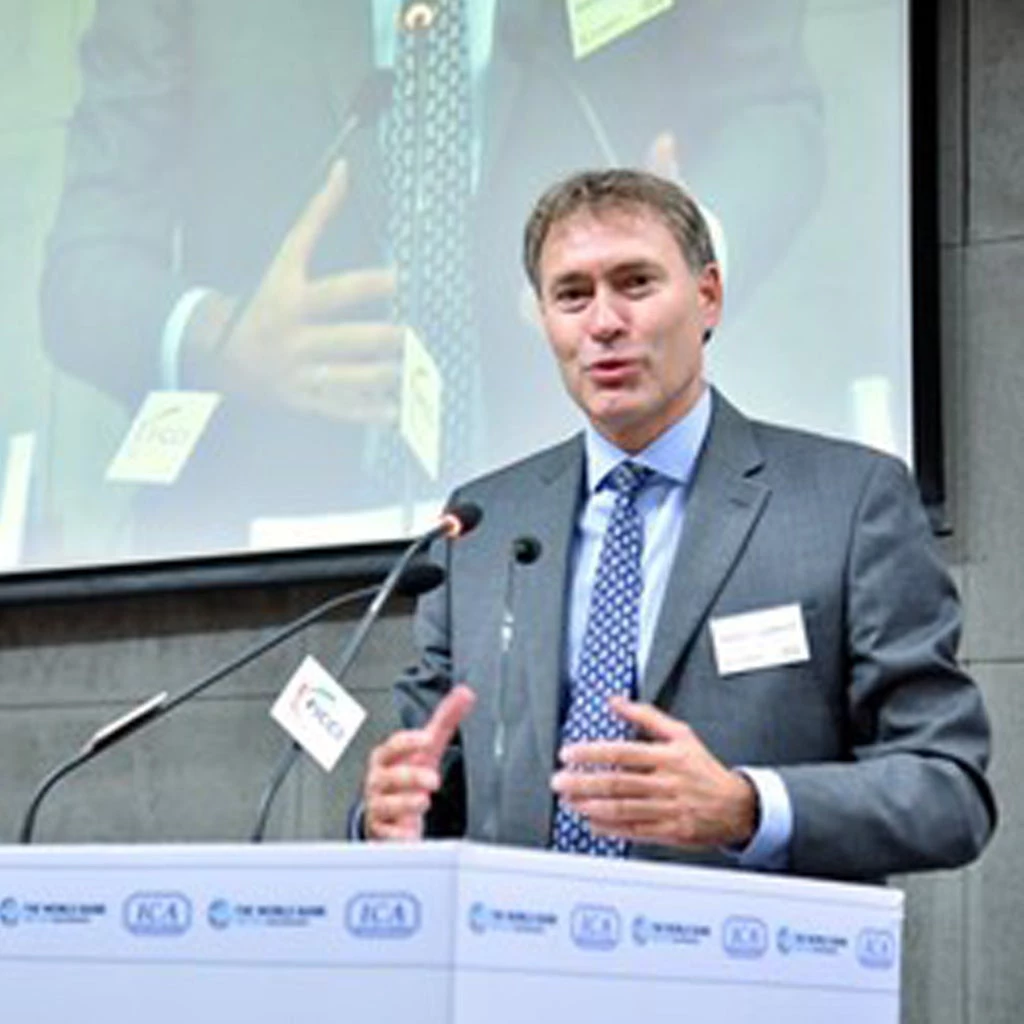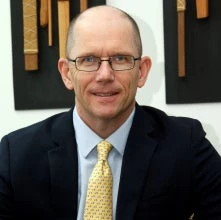 It Always Starts with a Road
It Always Starts with a Road
More than any continent, Africa still lacks the transport infrastructure and systems it needs. The problem is massive: half of Africa’s population – and 70% of its rural citizens – does not have access to an all-weather road. The comparisons are striking: The Democratic Republic of Congo (DRC) has less paved roads than tiny Singapore, and Uganda has a tenth of South Korea’s network, despite being twice its size.
Roads are hugely important to local communities and countries alike, and in Uganda, they carry 95% of freight traffic and 99% of passenger traffic and contribute 3% of the country’s Gross Domestic Product (GDP). But there is much more about them than just good engineering and construction— sustainable roads connect people to jobs, education and health, boost regional integration, link communities to income-generating markets, expand economic growth, and decrease poverty.
In this context, the approval on September 10 of the innovative and critically important Uganda Roads and Bridges in the Refugee Hosting Districts project (URBP), under preparation for nearly two years, is a watershed moment for Uganda, Africa and the World Bank. URBP reflects the holistic way in which the World Bank strives to work with countries, communities and beneficiaries to make sure that transport projects not only serve their essential social and economic goals, but, equally as important, protect communities and vulnerable groups, especially women and girls, from the possible negative effects that an influx of external labor during construction can present, including the heightened the risk of gender based violence (GBV).
URBP focuses on the 105km Koboko-Yumbe-Moyo road corridor, which is a vital thoroughfare for the large refugee and host populations in those districts, including Bidibidi, the most populous refugee settlement in Africa. The road is currently in poor state, and sometimes impassable, directly impacting the already difficult living conditions of more than 360 thousand refugees and a host population of over a million. The project will reduce the travel time for people, goods and services, thereby improving access to markets and social services, creating job opportunities, and promoting private sector investment for communities along the corridor. Another 810 thousand refugees and a host population of more than two million in Arua, Adjumani and Lamwo will also benefit indirectly.
The Koboko-Yumbe-Moyo road corridor also connects the Democratic Republic of Congo and South Sudan through Uganda and is an alternate route to reach the northern part of the country when ferry services on the Nile River are interrupted. In its current state, the road constrains the ability of international and national organizations to deliver humanitarian assistance and social services along the corridor, decreasing support that refugees and host communities receive.
Executive Director of the Uganda National Roads Authority (UNRA), Allen Kagina highlighted that, in addition to the significant positive impacts in service delivery to the refugee hosting districts, the upgrading of the road to bituminous standard will also provide opportunities for employment and boost Uganda’s link to South Sudan, allowing trade between the two countries to grow. She noted that the communities served by the new road will get opportunities for employment in the many subsidiary services associated with road construction.
The URBP, wholly financed by the IDA18 Window for Host Communities and Refugees, comes at the end of a long process of listening, learning, and working together with the Government of Uganda and civil society organizations both in the country and beyond. It is the first national road project financed by the World Bank in Uganda since the cancellation of the Transport Sector Development Project (TSDP) in 2016, and it incorporates its many lessons, especially on preparing for and managing the influx of workers in rural communities and supporting survivors of GBV.
The lessons of TSDP have changed the way the Bank deals with this challenge, not just in Uganda. Now, World Bank projects that include labor influx incorporate several tools and safeguards to minimize risk and respond to it effectively, and a Good Practice Note was developed for addressing GBV in projects that have major civil works. Specialized consulting is provided—including with CSOs— alongside monitoring, and grievance redress mechanisms. Anti-GBV requirements are also incorporated in procurement documents, setting a powerful financial incentive for contractors to enforce standards.
More broadly, the Bank has undertaken portfolio risk reviews, built a team of experts in preventing and addressing GBV and harassment, and has developed a methodology and tools for risk assessment as well as guidelines and training modules for Bank staff and implementing agencies.
Implementing agencies also receive support to increase their capacity to prevent, detect and respond to the sexual harassment and GBV, putting the needs and dignity of survivors above all.
The results are visible. Since 2015, UNRA has greatly improved its capacity to manage social and environmental risks. With the support of the European Union, it is putting in place an Environmental, Social, Health and Safety Management System, and has proactively signed agreements with numerous other government agencies, including law enforcement and the judiciary, for coordinated action. A computerized Grievance Management System is in place, and Grievance Management Committees are functioning in all its projects. The new project will further strengthen these efforts and make it simpler for GBV survivors to have their voices heard, acted on, and be safely referred to appropriate service providers and will also support employment generation opportunities for women in refugee settlements in refugee settlements and in host communities.
Uganda is among the most welcoming countries in the world for refugees, hosting over 1.4 million of them from South Sudan, DRC, Somalia and others. It is investing resources to support both refugees and host communities become more self-reliant – even more crucial in the wake of the COVID-19 pandemic. A well planned and executed Koboko-Yumbe-Moyo road corridor is a crucial part of making this happen both today and for the future.
Related Links



Join the Conversation